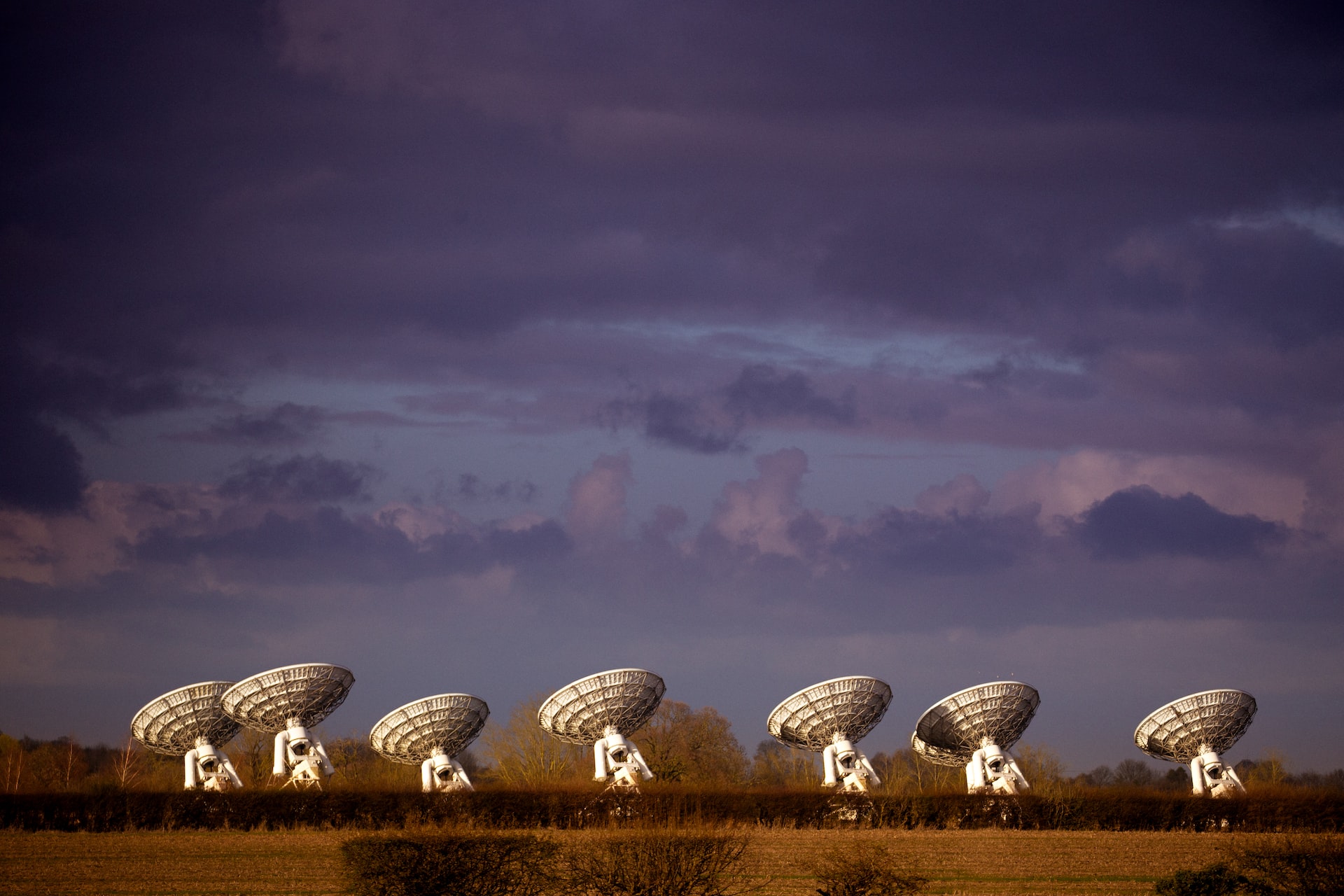The Impact of Space Exploration on Technological Advancements

Space exploration has played a significant role in shaping our understanding of the universe and advancing human technology. From the earliest days of spaceflight, scientists and engineers have been pushed to develop new technologies and techniques to overcome the challenges of space travel.
The Impact of Space Exploration on Technological Advancements
One of the primary ways in which space exploration has led to technological advancements is through the development of new materials and technologies to withstand the harsh conditions of space. For example, the development of heat-resistant materials for re-entry vehicles, radiation-resistant materials for spacecraft, and lightweight materials for satellites have been critical for the success of space missions.
Space exploration has also driven advancements in propulsion technology. The development of rocket engines, such as the use of liquid hydrogen and liquid oxygen, has been critical for the launch of spacecraft into orbit and beyond. In addition, the development of ion thrusters and solar sails have opened up new possibilities for deep space missions.
Another area in which space exploration has had a significant impact is in the field of communications technology. The use of satellites for communication and navigation has revolutionized the way we live and work, enabling global communication and navigation capabilities. Space exploration has also led to the development of advanced imaging technologies, such as high-resolution cameras, which have been used in a wide range of applications, including weather forecasting and disaster response.
The Current State of Space Exploration Technology
Currently, space exploration technology is at an advanced stage, with a wide range of capabilities and capabilities. The use of robotic spacecraft and rovers has enabled scientists to explore the surface of other planets and moons, and to collect samples and data from other worlds. The use of telescopes and other instruments has also allowed scientists to study the universe in greater detail, providing new insights into the origins and structure of the universe.
In addition to these capabilities, current space exploration technology also includes the use of human spaceflight, which has enabled astronauts to live and work in space for extended periods of time. The International Space Station (ISS) serves as a platform for research and technology development, allowing scientists to study the effects of long-duration spaceflight on the human body and the impact of microgravity on materials and biological systems.
Future Possibilities for Technological Advancements in Space Exploration
The future of space exploration technology is expected to be shaped by a number of factors, including advances in propulsion technology, the development of new materials and technologies, and the expansion of human spaceflight capabilities.
One of the most promising areas for technological advancements in space exploration is in the field of propulsion technology. The development of new propulsion systems, such as nuclear-powered engines, could enable faster and more efficient travel through space. The use of in-space resources, such as water and other materials found on asteroids and moons, could also enable sustainable exploration and colonization of the solar system.
Another area of focus for future technological advancements in space exploration is the development of new materials and technologies to enable the construction of large-scale infrastructure in space. This could include the development of space-based solar power systems, space-based manufacturing, and the construction of large-scale habitats for human spaceflight.
The expansion of human spaceflight capabilities is also expected to be a major focus for future technological advancements in space exploration. This includes the development of new spacecraft and launch systems, as well as the establishment of permanent settlements on other planets and moons.
In conclusion, space exploration has played a significant role in shaping our understanding of the universe and play a significant role in the future of space exploration.
The development of new spacecraft and systems, such as reusable launch vehicles and deep space habitats, could enable human missions to the Moon, Mars and other destinations in the solar system.
The use of in-situ resource utilization (ISRU) technologies, which allow for the extraction of resources from other celestial bodies, could enable the creation of self-sustaining colonies on other planets and moons.
References:
- The History of Space Exploration | National Geographic Society
- The 5 Most Innovative Advances in Space Technology
- NASA: 60 Years and Counting – Technology
- Red risks for a journey to the red planet: The highest priority human health risks for a mission to Mars | npj Microgravity
- The 12 Greatest Challenges for Space Exploration | WIRED
- Advanced Propulsion Technology and Development
- Brief History of Rockets
- The 16 Most Important Space Missions in History
- NASA – Liquid Hydrogen–the Fuel of Choice for Space Exploration
- Satellite Navigation – GPS – How It Works | Federal Aviation Administration
- Mars Exploration Rovers
- Telescopes and Spectrometers Used in Space Exploration
- International Space Station | NASA
- The Future of Space Exploration
- Cosmic Speed Limit | AMNH
- In-Situ Resource Utilization (ISRU)






